I'm trying to create a UML diagram of a python project that shows inheritance relationships between classes using pyreverse.
Here's a small example to reproduce
Foo.py:
class Foo():
def print_foo(self):
print("hi")
Bar.py:
from Foo import Foo
class Bar(Foo):
pass
__init__.py: empty
To generate the diagram, I'm running pyreverse -ASmy -o png .
The resulting diagrams look like this:
classes.png:
packages.png:
I would expect the class diagram to show an arrow connecting the two classes, but I can't figure out what I'm missing. Any ideas what's wrong here?
Output of pylint --version:
pylint 2.14.5
astroid 2.12.10
Python 3.10.5 (main, Jun 6 2022, 18:49:26) [GCC 12.1.0]



